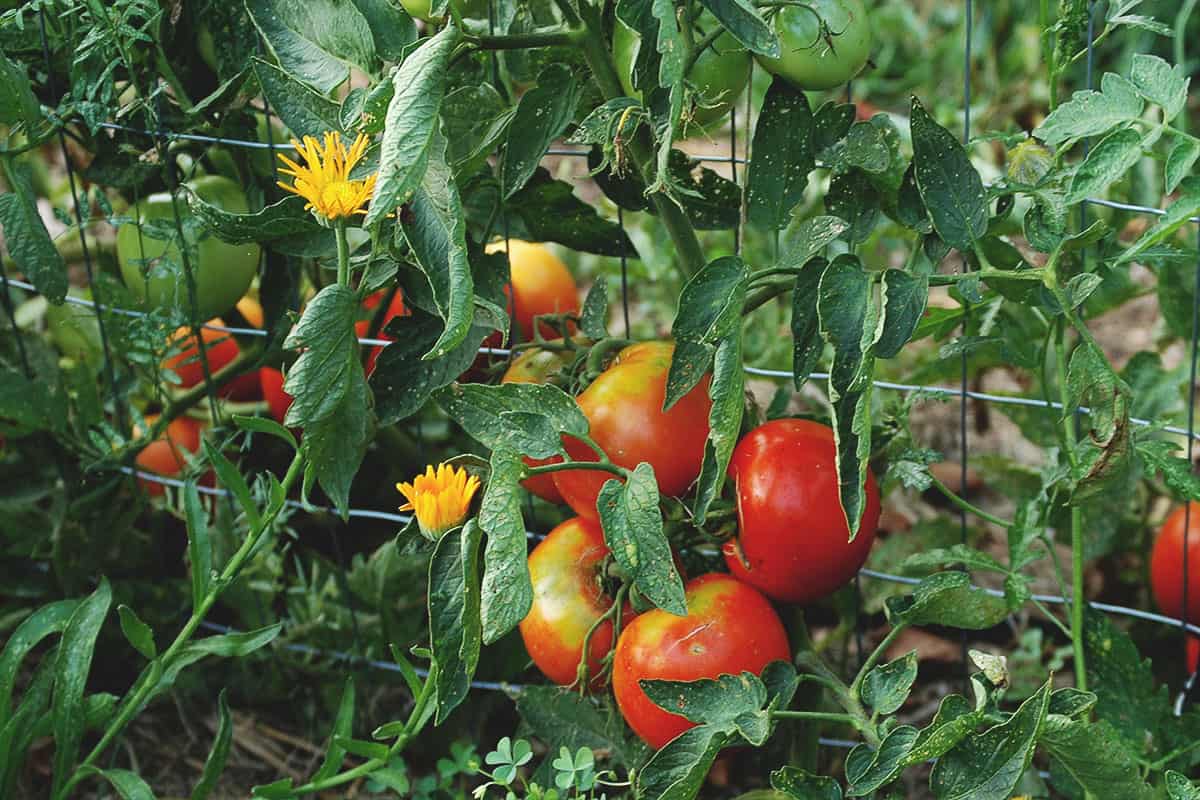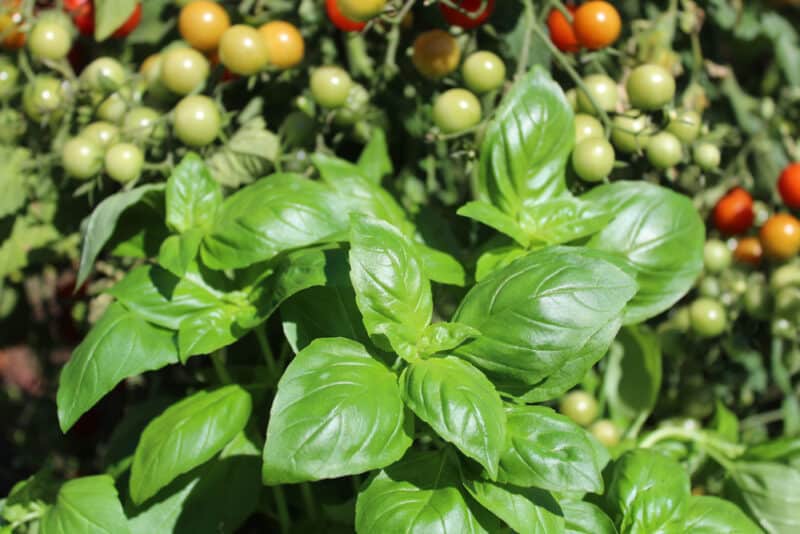Underplanting Tomatoes Tips That Will Boost Your Yield
Underplanting Tomatoes: Tips That Will Boost Your Yield
Tomatoes are a popular vegetable to grow in home gardens, but they can be challenging to get a good yield from. One way to increase your tomato harvest is to underplant them with other crops. Underplanting is the practice of planting shorter crops underneath taller crops. This can help to improve the soil quality, suppress weeds, and attract beneficial insects.
There are a few things to keep in mind when underplanting tomatoes. First, you need to choose crops that will complement each other. Some good companion plants for tomatoes include:
- Lettuce: Lettuce is a cool-season crop that will grow well in the shade of tomatoes. It also helps to suppress weeds and attract beneficial insects.
- Spinach: Spinach is another cool-season crop that is well-suited for underplanting tomatoes. It is also a good source of nutrients, which can help to improve the soil quality for your tomatoes.
- Carrots: Carrots are a root crop that can be planted underneath tomatoes. They will not compete for sunlight, and they can help to break up the soil and improve drainage.
- Herbs: Many herbs can be underplanted with tomatoes. Some good choices include basil, oregano, and thyme. These herbs can help to deter pests and diseases, and they can also add flavor to your tomatoes.
When underplanting tomatoes, it is important to plant the shorter crops close to the ground. This will help to prevent them from being shaded out by the tomatoes. You should also space the plants appropriately. The exact spacing will depend on the size of the crops you are planting, but as a general rule, you should allow at least 6 inches of space between each plant.
Underplanting tomatoes is a simple way to increase your harvest. By choosing the right companion plants and planting them correctly, you can enjoy a bounty of tomatoes all season long.
Here are some additional tips for underplanting tomatoes:
- Start by preparing your soil. The soil should be well-drained and amended with compost or other organic matter.
- Plant the shorter crops first. This will give them a head start and help them to establish themselves before the tomatoes get too big.
- Water the plants regularly. Underplanting can help to conserve water, but you still need to water your plants regularly, especially during hot, dry weather.
- Fertilize the plants as needed. Tomatoes are heavy feeders, so you may need to fertilize them every few weeks.
- Keep an eye out for pests and diseases. Underplanting can help to deter some pests and diseases, but you should still inspect your plants regularly.
With a little planning and care, you can enjoy a bountiful harvest of tomatoes from your garden. Underplanting is a simple way to increase your yield and improve the health of your plants.
Underplanting tomatoes is a great way to maximize your garden space and get a bumper crop of tomatoes. By planting companion plants underneath your tomato plants, you can help to attract beneficial insects, deter pests, and improve the overall health of your tomato plants.
Some of the best companion plants for tomatoes include:
- Basil: Basil is a classic companion plant for tomatoes, and for good reason. It helps to repel pests like aphids and tomato hornworms, and it also improves the flavor of tomatoes. Gardenia Inspiration
- Marigolds: Marigolds are another great companion plant for tomatoes. They help to repel nematodes, which can damage tomato roots.
- Chives: Chives help to repel spider mites and other pests. They also add a touch of flavor to tomatoes.
- Lettuce: Lettuce is a cool-season crop that can be planted underneath tomato plants in the early spring or fall. It helps to suppress weeds and shade the soil, which can help to prevent blossom end rot.
- Carrots: Carrots are another cool-season crop that can be planted underneath tomato plants. They help to improve the drainage of the soil, which can help to prevent root rot.
If you're interested in learning more about underplanting tomatoes, I recommend visiting Gardenia Inspiration. This website has a wealth of information on companion planting, including a list of the best plants to grow with tomatoes.
Image of underplanting tomatoes
- Carrots. Carrots are a good choice for underplanting tomatoes because they grow well in the same type of soil and require similar levels of sunlight. They also help to suppress weeds and improve the soil quality.

- Lettuce. Lettuce is another cool-season crop that can be planted under tomatoes. It grows quickly and doesn't require a lot of space, so it's a good option for filling in the gaps between tomato plants.

- Spinach. Spinach is another leafy green that can be underplanted with tomatoes. It's also a cool-season crop, so it can be planted early in the season before the tomatoes get too big.

- Basil. Basil is a herb that can be planted near tomatoes to help deter pests. It also adds flavor to tomato dishes.

- Cucumbers. Cucumbers can be planted on the north side of tomato plants, as they prefer full sun and tomatoes prefer partial sun.

Post a Comment for " Underplanting Tomatoes Tips That Will Boost Your Yield"